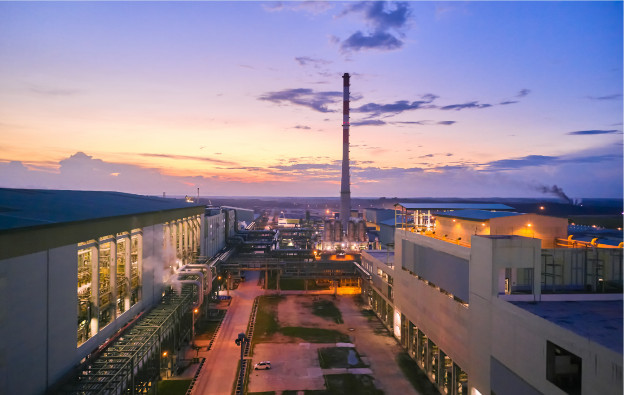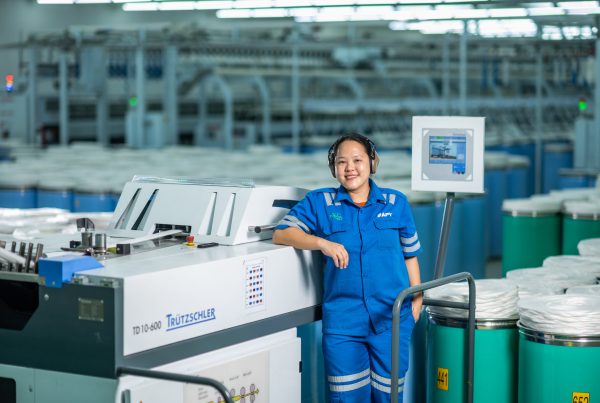Most of the time, when people hear the word Kerinci, they think of Mount Kerinci, an active volcano and the highest mountain in Sumatra. But, little do they know about a special town named Pangkalan Kerinci.
Located in Riau, Sumatra, Pangkalan Kerinci is the capital of Pelalawan Regency. It’s been growing fast since 1995 and is home to one of the largest, integrated and technologically advanced producers of pulp and paper in the world.
Without further ado, let’s get to know more about Pangkalan Kerinci and what makes this city special!
Bono Tidal Bore

A tidal bore is a strong tide that pushes up against the current in the river. Not all coasts and rivers feature tidal bores. In fact, the tidal bore only occurs in some places.
The famous ones are found in the Amazon River where the tidal bore is called pororoca, the benak tidal bore in Batang river in Malaysia, the largest tidal bore in Qiantang River, China, and the hidden gem in Kampar River.
Located in Teluk Meranti district, Pelalawan Regency, a four hour drive from the city of Pekanbaru, the bono tidal bore has attracted international tourists to have a surfing experience on a river.
Also known as the Seven Ghosts wave, the bono wave can reach up to three meters and travel for up to 50 kilometers, means you can surf for 50 kilometers!
As most surfers from around the world are coming for a challenging surfing experience, the best time to come is during the peak of the rainy season in November and December.
Bono Batik

Inspired by the magnificent Bono tidal bore in the Kampar River, the batik makers in Rumah Batik Andalan production house secured the intellectual property right for the pattern in 2015.
Bono batik is a traditional cloth, which sees intricate patterns dyed into the fabric.
Most of the Bono batik makers are local housewives in the Pelalawan regency. Therefore, not only does this printed cloth help preserve the culture, but it’s also a great way to boost the local economy.
Pelalawan Royal Palace

Pelalawan Royal Palace, also called as Istana Sayap by the locals, once stood on the side of Kampar River. Although the original structure of the building was renewed in 2003, the values and symbols remain unspoiled.
The palace was built in 1910 under the reign of Sultan Assyaidi Syarif Hasim (1892 – 1930 M), the 11th Sultan of Pelalawan.
This palace is also known as the wing palace because it consists of a main building covering an area of 4,327 square meters and is flanked by two supporting buildings on the right and left with an area of 103.5 square meters each.
This magnificent palace has a yellow-painted main building with stairs filled with Malay carvings.
The Largest, Integrated Pulp, Paper and Viscose Producer in Southeast Asia

In 1993, APRIL Group began plantation development in Pangkalan Kerinci. At that time, there were only about 200 households in Pangkalan Kerinci.
The population has grown to more than 200,000 by 2010 as APRIL Group’s business expanded and diversified, transforming Kerinci into a social and commercial regional hub.
Commercial pulp production commenced in 1995, followed by commercial paper production in 1998 and the production of viscose rayon under Asia Pacific Rayon (APR).
APR commenced operations in 2019, and was formally inaugurated in February 2020 by President Joko Widodo.
To this day, APR has executed several expansion plans which align with the government strategy to increase investment and employment to support economic recovery and tackle the continuing impacts of the COVID-19 pandemic.






